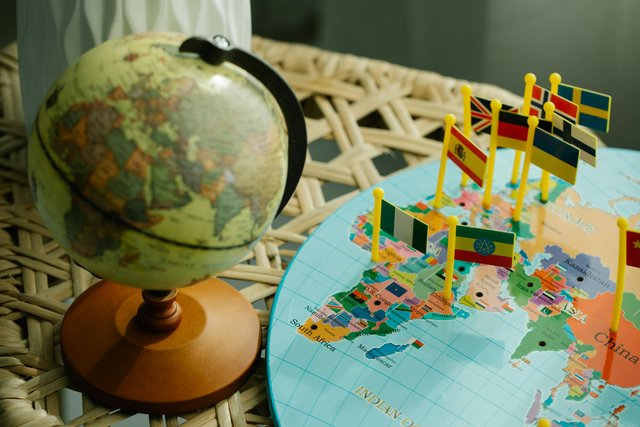Exploring New Trends in Geographic Education
Teenagers in California's high schools put on VR headsets and go on a simulated trip to the Amazon Rainforest. They study the environment, move through thick vegetation, and watch animals without leaving the classroom. This is not science fiction; it's a look at the big changes that are happening in geography schooling right now.
The Rise of Geospatial Technologies
Geospatial technologies like GIS, remote sensing, and GPS have transformed geographic teaching. These tools let students interact with geographic data to better grasp spatial connections and geographic concepts. Research by MDPI found that geospatial technologies increase students' learning by integrating classroom inquiry with fieldwork, fostering 21st-century abilities.
Digital Resources and Online Learning Platforms
Geography lessons are easier to get now that there are so many digital tools and online learning sites available. Platforms like Khan Academy, Coursera, and edX give courses on global geographical problems and trends. These classes are useful for both students and teachers. These tools make learning more flexible by letting students study at their own pace and dig deeper into subjects that interest them.
Additionally, for those seeking specialized assistance, services are available to support learners in their academic endeavors. With geography assignment help, individuals can receive tailored guidance on complex topics, which greatly enhances their understanding and performance in geographic studies. These resources are vital in ensuring that learners can effectively tackle challenging assignments and achieve academic success.
Interactive and Experiential Learning
More and more people are using interactive ways to learn, especially those that use virtual reality (VR) and augmented reality (AR). These tools offer engaging learning experiences by letting students virtually visit different parts of the world. The CITE Journal talks about how VR and AR make learning more engaging by letting students go on virtual field trips and do projects that make abstract geographic ideas real.
Approaches from Different Fields
As more schools use this method, combining courses like geography, history, and natural science is becoming more popular. This helpful method puts small local issues in the bigger picture of environmental and social issues, which helps students understand them better. One example is a project-based learning program that combines geography and environmental science. This program lets students look into how the growth of towns affects the nature places where they live. This helps them think critically and solve problems.
Global Awareness and Sustainability Focus
Climate change and growth are becoming bigger problems all over the world. Because of this, geography classes are teaching students more about these problems and how to be eco-friendly. Now, lessons on good growth and taking care of the world teach students how to deal with these tough issues. They looked into how GIS is used in college classes on sustainable urban planning to make plans for how to build places that are good for the environment by looking at data about the environment.
Collaborative Learning and Citizen Science
Collaborative learning and citizen science projects are also becoming integral to geographic education. Work on projects with classmates from different areas to learn more about geography and see things from different points of view. Students can learn more about what they are learning in school by doing citizen science projects where they record and study information about animals or changes in the world. These kinds of projects not only help students learn more about geography, but they also get them involved in science study.
Conclusion
The future of geographic education looks promising with these innovative trends. Geography students may get a more complete and interesting education if teachers use digital tools and new technology. These ways not only help students learn geography, but they also prepare them to deal with the many issues that exist in the world.
Finally, new technology and instructional methods are transforming geography education. Digital assets, entertaining lessons, tools from other topics, and geography approaches are revolutionizing geography instruction. Following these patterns may help schools teach students how to comprehend and solve 21st-century local challenges. The future of geographic education is promising, so people will know more and apply it better.
